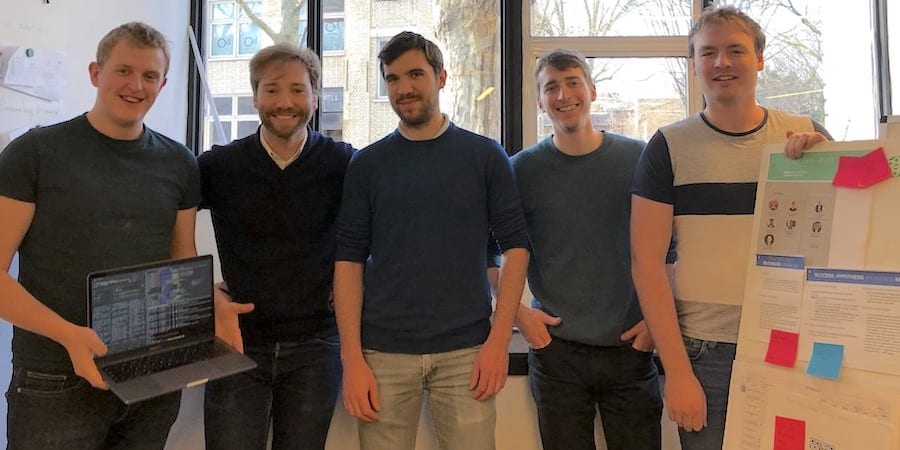
Expanding your flow sweet spots
FEATURE – The author explores methods to expand your flow “sweet spots”, enhance focus, and achieve a state of effortless productivity.
Words: Dan Prock
Brain science tells us that people use only a small percentage of their brain power. Yet if we can expand the time we work in a flow state, we can up our mental game.
A STREAM OF CONSCIOUSNESS
We all possess a stream of consciousness, a mental flow endowed to us by evolution. Consciousness, as defined in the dictionary, is an awareness of self and surroundings that encompasses the continuous intake of sensations, images, memories, thoughts, feelings, and reflections. This stream selectively focuses on elements relevant to the self while discarding the rest (as G. William Barnard wrote in Living Consciousness). Twentieth-century psychologists, including William James, suggested that our real-time awareness spans between 4 and 10 seconds, allowing for complete openness to the present moment, resulting in a lucid awareness within our stream of consciousness, as illustrated in Figure One.

In our pursuit of fulfilling our physical and psychological needs (as outlined by Maslow), anxiety often clouds our minds with fragmented thoughts (stories, memories, plans, etc.) and emotions (sensations and feelings, etc.), hindering our presence. However, when we cultivate the ability to sustain presence for a substantial duration, something transformative occurs.
FLOW
Years ago, in Finding Flow, Professor Mihaly Csikszentmihalyi defined flow as: “The time when one faces a high-challenge, high-skill situation accompanied by feelings of concentration, creativity, and satisfaction”. Consider a scenario in a work meeting where a problem arises within your area of expertise or problem-solving skill. For instance, there might be a software bug in your company’s systems, and you possess the troubleshooting skills to identify and fix it. Volunteering to resolve the issue, you immerse yourself in presence, achieving a state of flow that aids in problem resolution. Let’s deconstruct flow further. Figure Two below illustrates how flow emerges when skills and challenges align, leading to a state of presence – relaxed acceptance of what is, devoid of resistance. Flow follows, accompanied by a synchronicity of events.

When we attempt to ensure safety and success through predicting events, controlling others, or adhering strictly to our ego-driven narratives (more here), we obstruct the flow space. When a challenging situation arises, it demands our focus, displacing these hindrances with the lucid awareness of presence. Recognizing that we possess the skills to address the challenge naturally invokes a state of flow. Many of us have experienced flow during our best moments at work, in sports, hobbies, relationships, or intimate moments. Surveys indicate that participants claim to experience flow between 10% and 80% of the time. Regardless of the frequency, we can all benefit from expanding our flow sweet spots.
FLOW SWEET SPOTS
There are four ways to clear mental clutter and extend the duration and frequency of our flow sweet spots.
The first method involves activating “Improv Flow”. This entails refraining from judgment, experimenting, doing one’s best, observing outcomes, and adapting in the process. For instance, consider a situation where you discover a leak in your underground garden watering system. If you are uncertain about its location, the best approach is to sequentially test connections for alignment and wear, starting with past problematic areas and major bends, and troubleshooting from there. Although experts and authorities might dismiss improvisation as lazy, unprofessional, or irresponsible, in facing new challenges or uncertainties, improvisation often proves the most effective way to make progress or learn on the go. As the saying goes: You can’t steer a parked car!
The second approach to enhancing flow involves adopting “Reskilled Flow”. This implies adding new skills to one’s repertoire or embracing new technologies, enabling individuals to tackle more challenges and experience flow more frequently. Organizations invest substantial resources in training and technology for this reason, making Reskilled Flow pivotal, as depicted in the center of Figure Three.

The third technique to expand flow – “Reframing Flow” – involves reframing highly demanding challenges, which initially appear beyond one’s capability, into new, more manageable and attainable definitions. Reframing entails adopting a fresh perspective on what a challenge means. For instance, suppose the challenge is to persuade your cost-conscious CEO to fund a technology investment for your department. Instead of approaching the challenge as merely “convincing her” with a lengthy PowerPoint presentation, redefine it. Frame the discussion as an opportunity to familiarize the CEO with your employees’ existing processes, highlighting inefficiencies, and recurring issues. Illustrate how the proposed technology will address these problems, benefiting both the employees and the CEO’s customers.
The fourth method to expand flow involves increasing one’s ability to remain present, being open and unresistant to anything that may arise. Presence, akin to a pair of glasses or binoculars, consists of two lenses. One lens observes the ongoing sequence of activities within the 4-10 second window of consciousness. The second lens remains an unwavering observer, opening into the “flow space” and synchronicity on the path toward your goal. With a conscious choice, one can enhance their capacity to confront challenges in a changing world, maintaining presence and finding flow.
Ultimately, if you choose to, you can up your mental game by expanding your time in flow. Then, everything becomes workable.
THE AUTHOR

Read more


VIDEO - Visualization has an important role to play in creating awareness of the problems and highlighting gaps as a key starting point for improvement, and this Finance Manager does it with dedication.


FEATURE – When the number of Covid-19 cases skyrocketed in the Italian region of Piedmont, this microbiology lab had to find a way to increase its capacity to process swab tests. Here’s how they did it.


BUILDING BRIDGES – Struggling to scale a new product past its MVP phase, Theodo tried a number of things before realizing that the only way to retain quality and speed is kaizen.


FEATURE – By changing its attitude towards problems and welcoming them as opportunities to learn, this Colombian construction company has turned around its culture.

